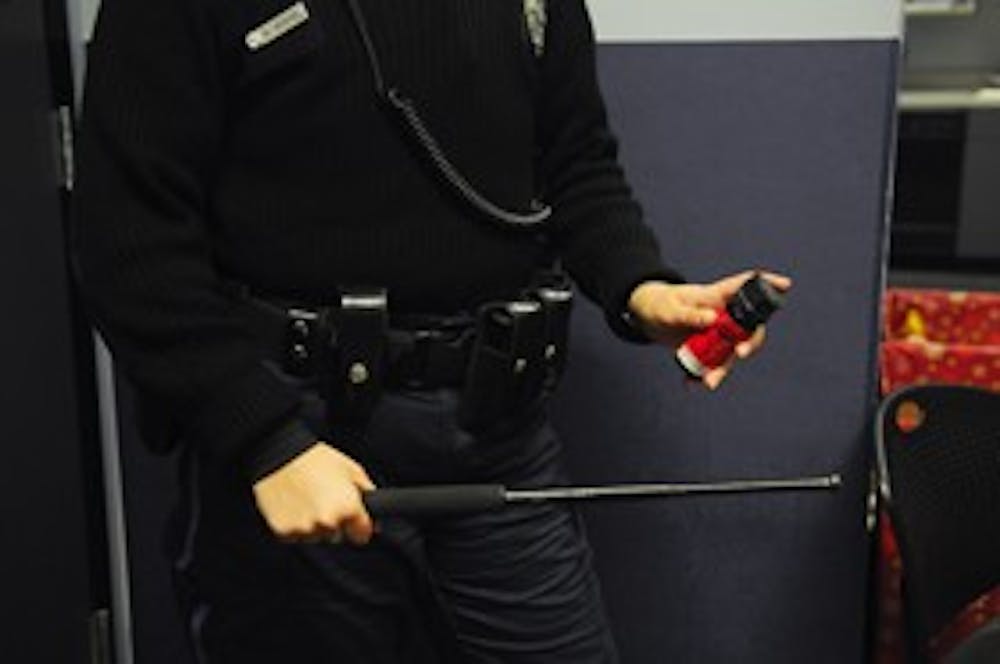A new study conducted by researchers in the Criminology Department at Penn shows that conductive energy devices, such as Tasers, may be safer to use than physical force when police are trying to control a violent suspect.
The study concludes that when police responsibly employ less-lethal weapons instead of physical force, the incidence of injuries to officers and suspects can be reduced dramatically.
But regardless of these findings, Vice President for Public Safety Maureen Rush said the Division of Public Safety has not introduced Tasers to the department.
Rush said Tasers haven’t been used because they can be dangerous to a suspect with a medical condition that could be triggered by an electric shock, or if the suspect is under the influence of narcotics.
Assistant Professor of Criminology John MacDonald, one of the study’s co-authors, said he feels that Tasers don’t need to be employed at Penn because there aren’t enough cases on or around campus that escalate to the point at which Tasers would be needed.
Penn Police Chief Mark Dorsey said Penn Police rarely have to resort to using physical force because all officers are taught verbal communication skills for confronting a violent suspect.
Rush added that Penn Police officers don’t generally have to touch a suspect. She pointed out that violent individuals have been subdued in the past through less violent techniques, such as pepper spray.
However, the Criminology Department study suggests that when officers use pepper spray, the rate of injuries to suspects goes down while the rate of injuries to police officers increases.
MacDonald said pepper spray is a very useful tool for officers, but serves as more of a reactionary device when an officer is being attacked.
“Pepper spray is universal, but less than 20 percent of departments across the country have Tasers,” he said.
MacDonald and his team arrived at this conclusion concerning the Taser and pepper spray use after analyzing data from 12 different police departments across the nation.



